In the caesar dressing recipe, we covered a food-processor method that works really well for making creamy, emulsified sauces. That same method works perfectly for making mayo, but what I’m about to introduce you to is a bit more fun.
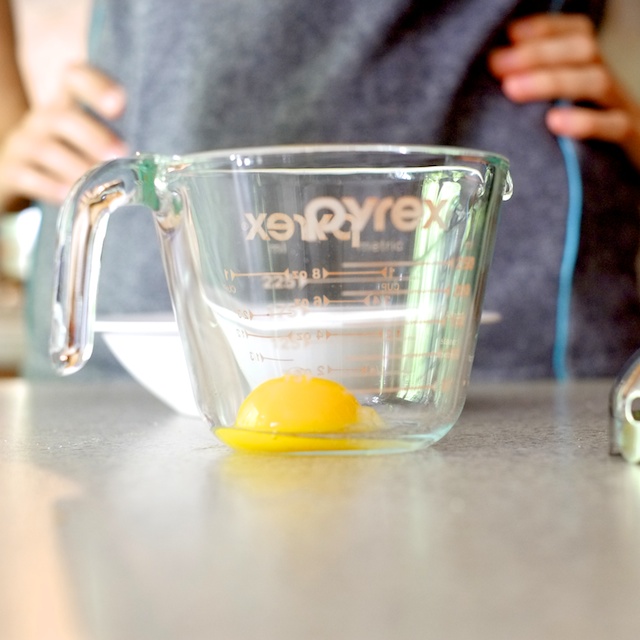
Mayonnaise can be made very quickly with a hand blender. This means no standing over the food processor pouring oil, and it means you get to watch the magic happen. This is some really cool-looking chemistry. Because oil is lighter than egg yolk, lemon juice, and water, it floats to the top. The blades of the hand blender will emulsify the yolk with the lemon and water, and the holes on the side of the hand blender will let the oil in just slowly enough to make mayo happen.
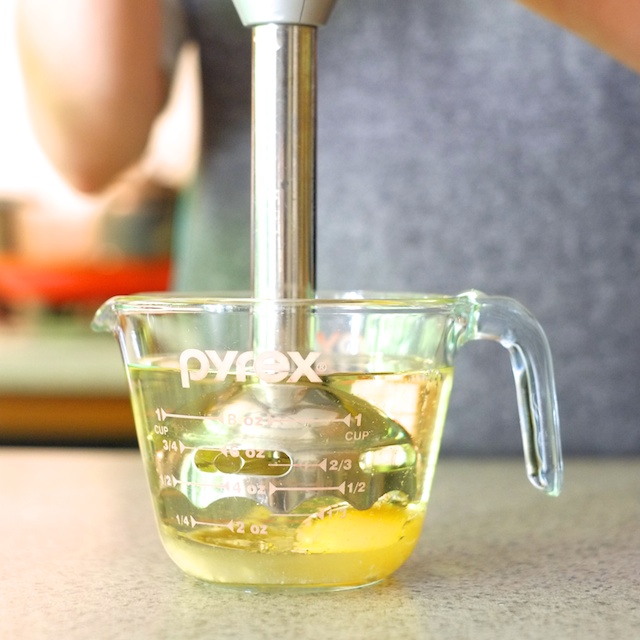
For this to work, you have to let the oil and liquid settle after you get your stick blender to the bottom of the cup. You MUST NOT start your blender until it’s nestled at the bottom of the cup and the oil has had time to re-separate. You may end up needing to tilt the blender very slightly to allow more oil in after you begin, but be super, super careful, because over-tilting will introduce too much oil too quickly and ruin the mayo.
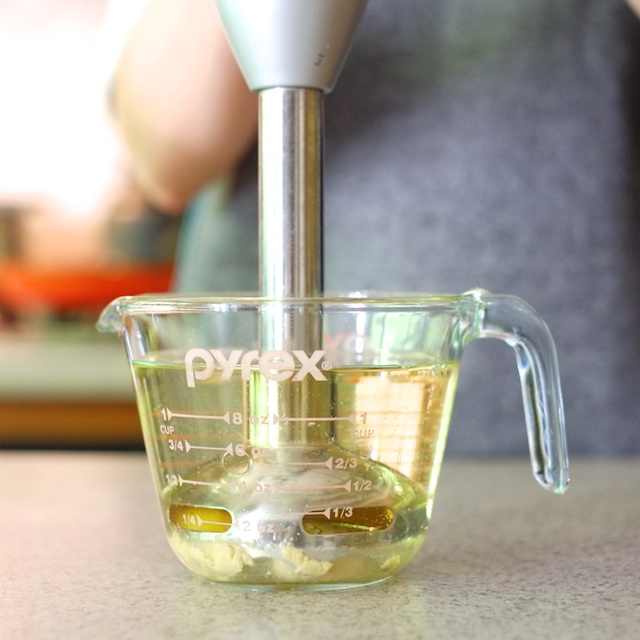
Lastly and MOST importantly, you have to find the right sized vessel. I was able to pull it off with a one-cup pyrex, but not before ruining my first two batches. The size of the cup you use is critical – it should be just big enough to allow your hand blender to touch the very bottom and it will ideally be straight-sided. I’m convinced my over-tilting along with the sharp flare of the pyrex I used are the culprits of my failures. If your hand blender came with a tall mixing cup, that’s the one you should use.
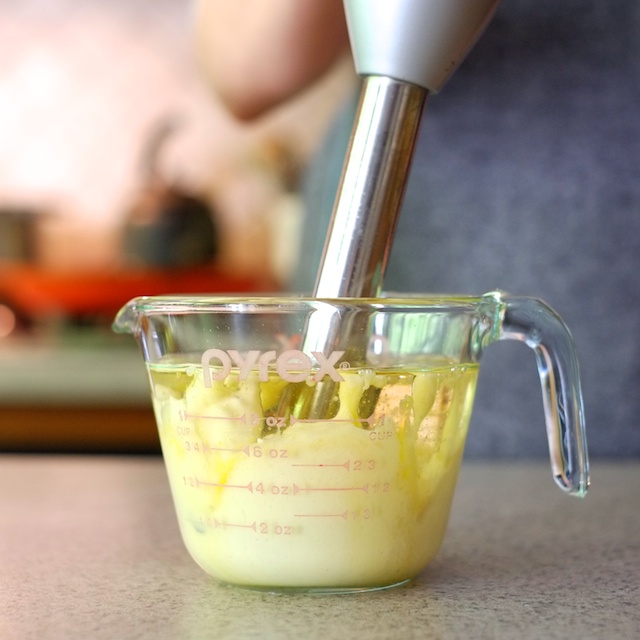
If you have all your ducks in a row cup-wise and blender-wise, you’re ready to go. Just give your oil time to settle after introducing the blender and before you start blending, and tilt the blender very slightly if you need to introduce more oil. Maybe also make sure your oil and eggs are well-stocked. There may be a bit of a learning curve as you figure out your blender/cup dynamic. But once you get it, it’s like magic. Tasty magic.
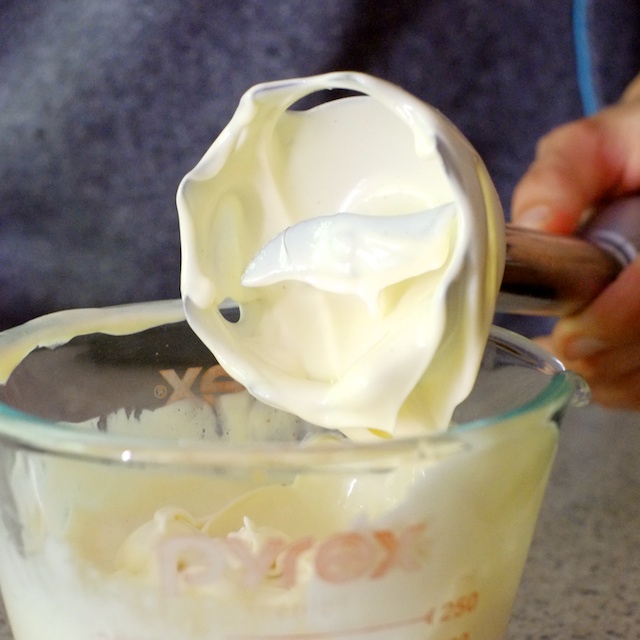
See the recipe I use, with a really helpful video at one of my favorite websites, Serious Eats. Theirs is a little more honestly titled “2-minute mayo” but I was mostly referring to the blendy witchcraft part with my title, which really is 30 seconds, if not less. Plus mine sounds better.
If you want to be a little safer or you don’t have a hand blender, make your mayo in the food processor by combining the yolk, lemon juice, water, and salt first with a few pulses, then stream in the oil very slowly with the machine running. It should take you almost two minutes to add it all, but when you finish you’ll have mayo that looks exactly like the above shot. And now you’re a kitchen sauce wizard so congrats.

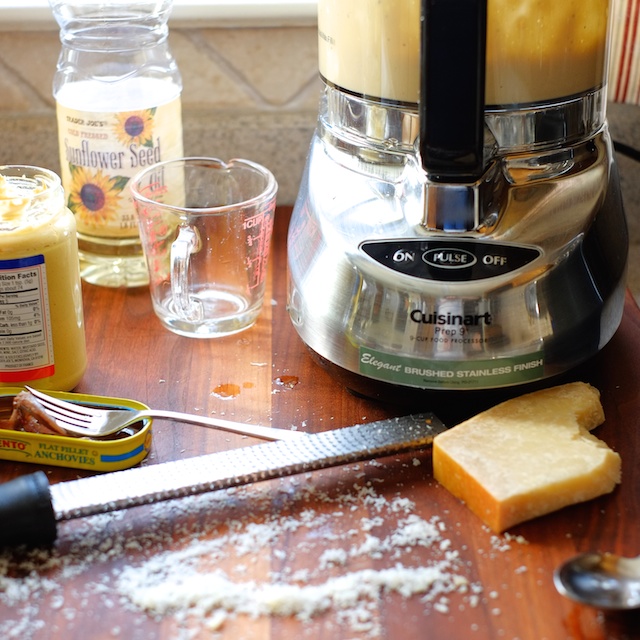
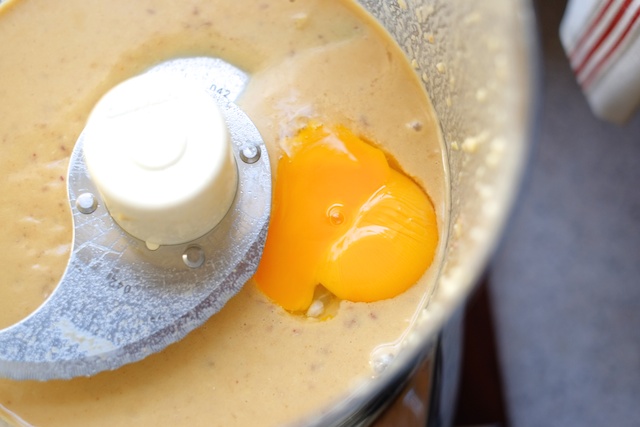
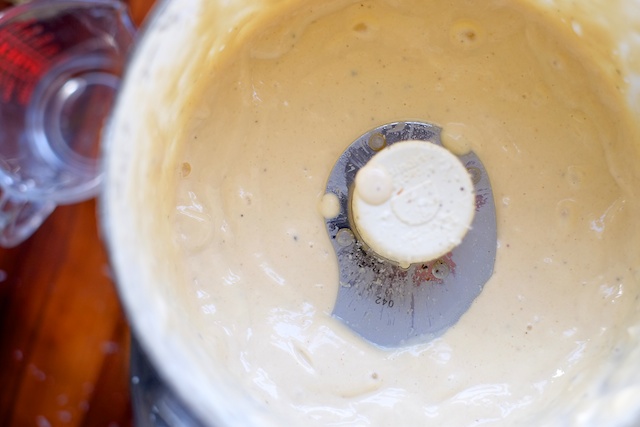
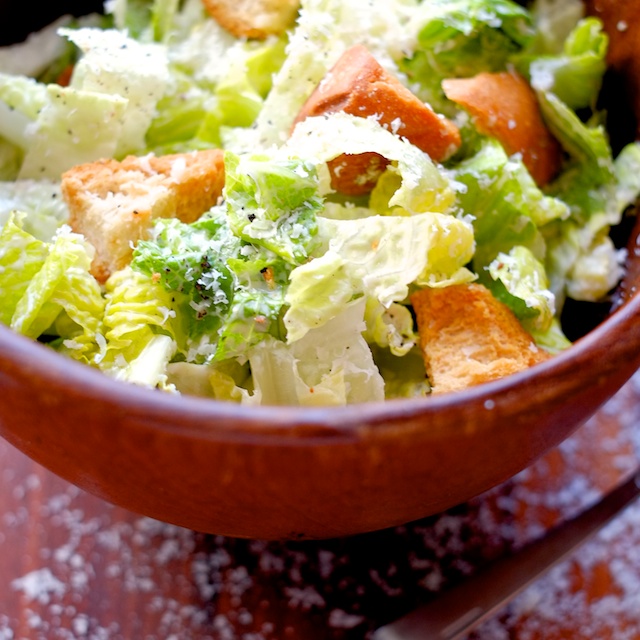
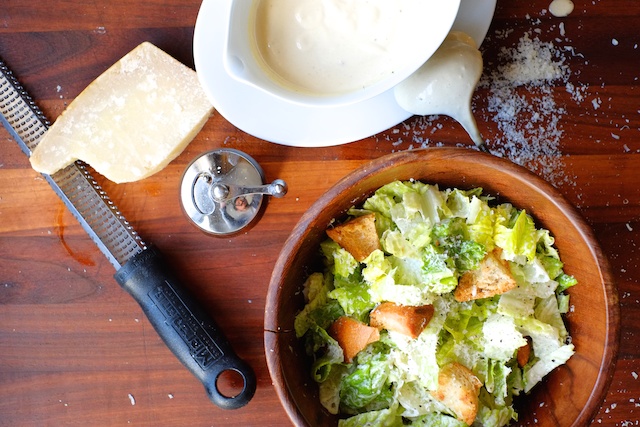
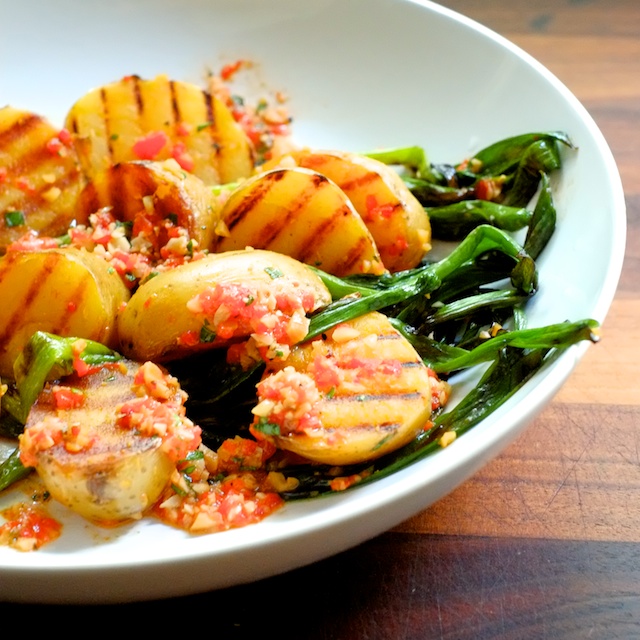
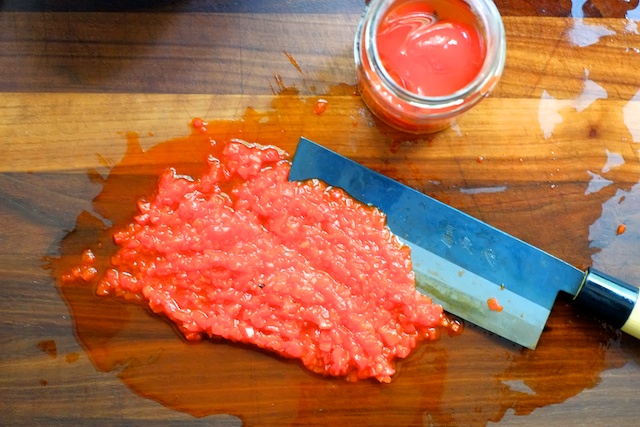
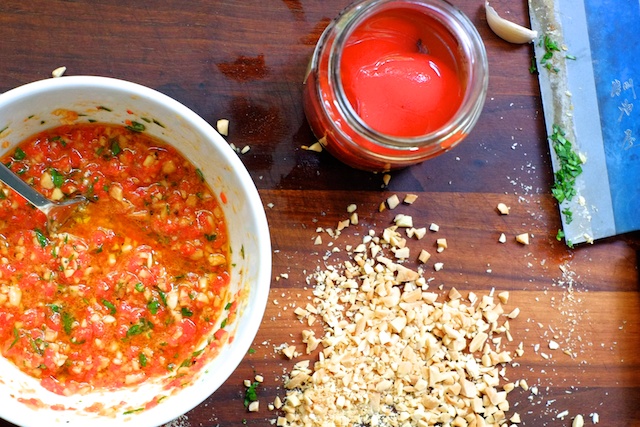
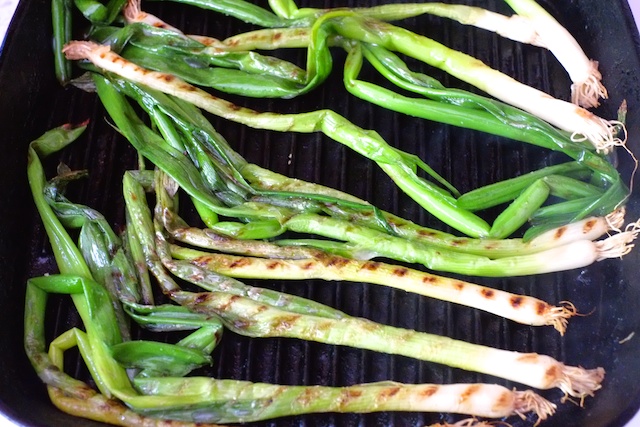
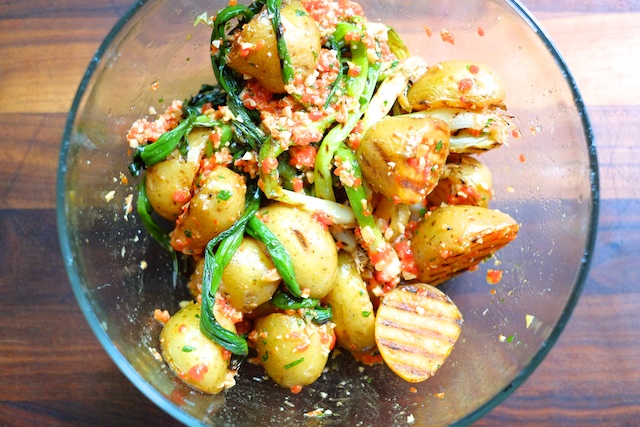
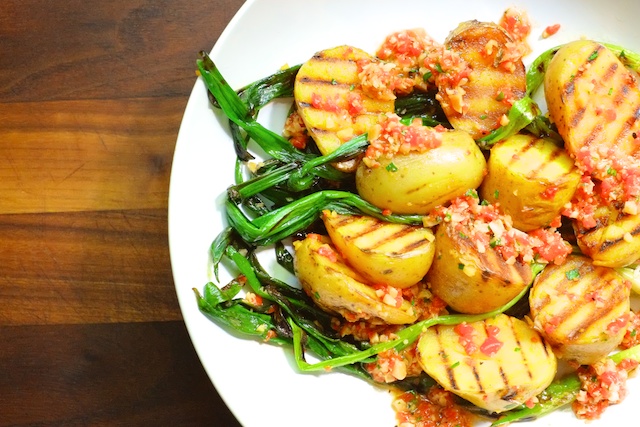
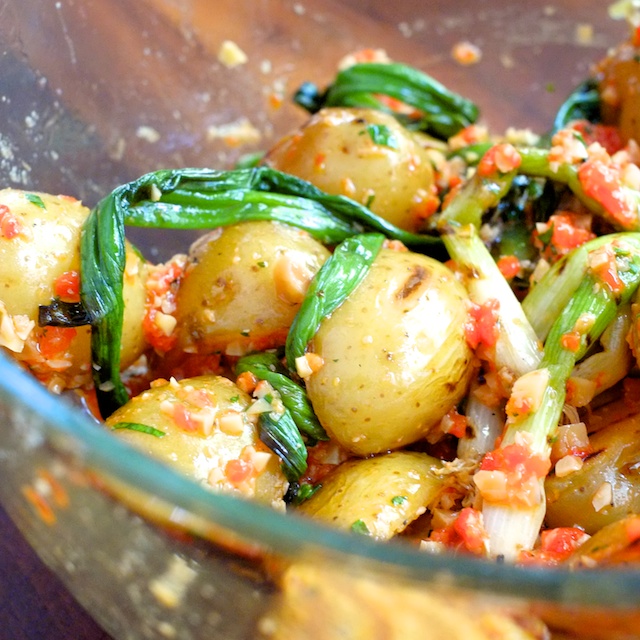
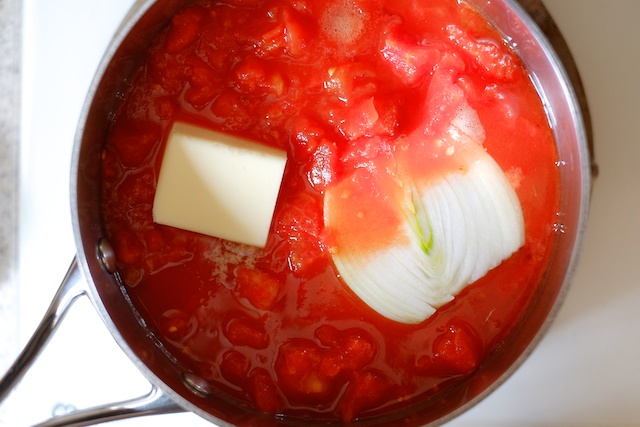
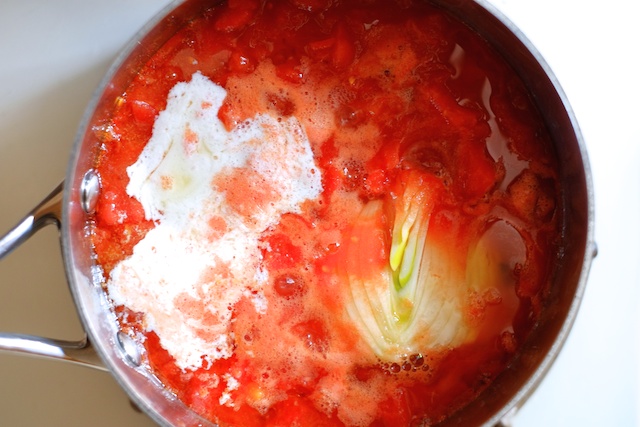
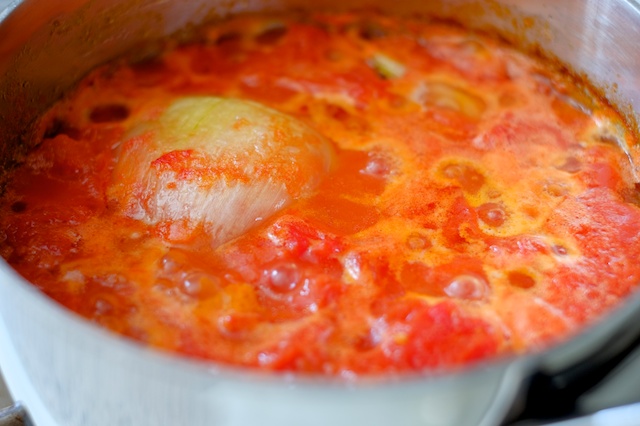
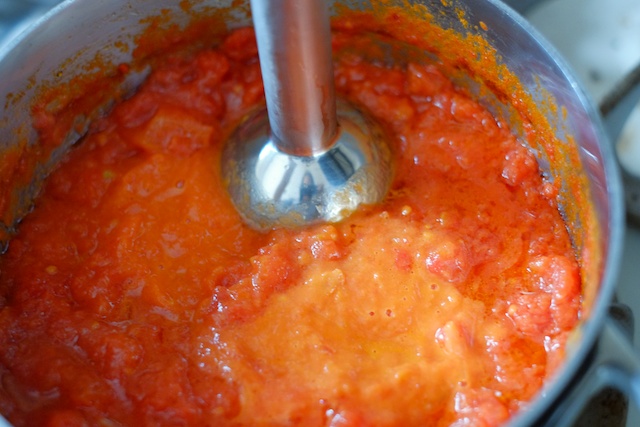
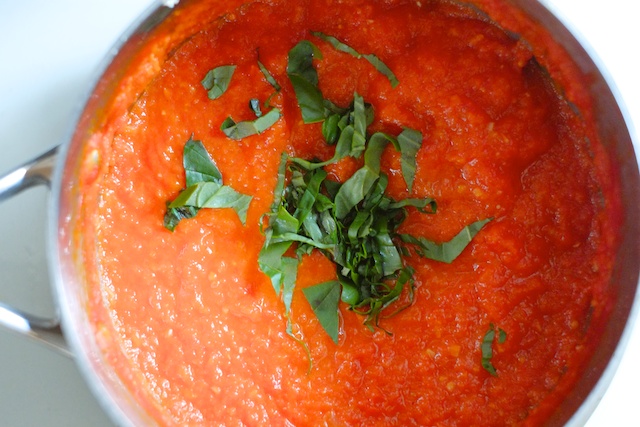
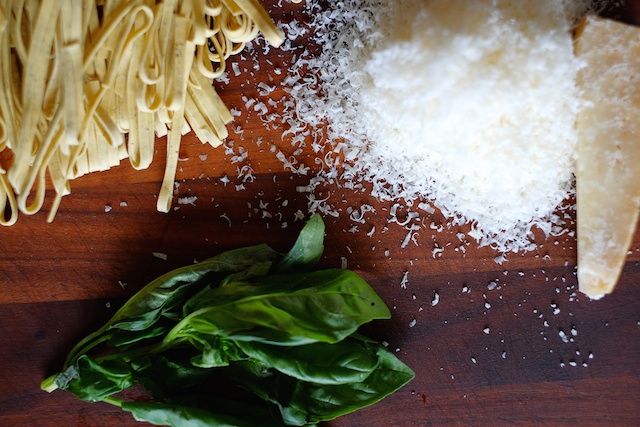
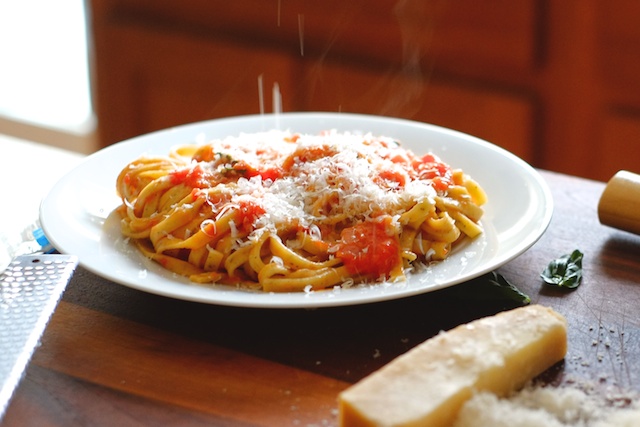
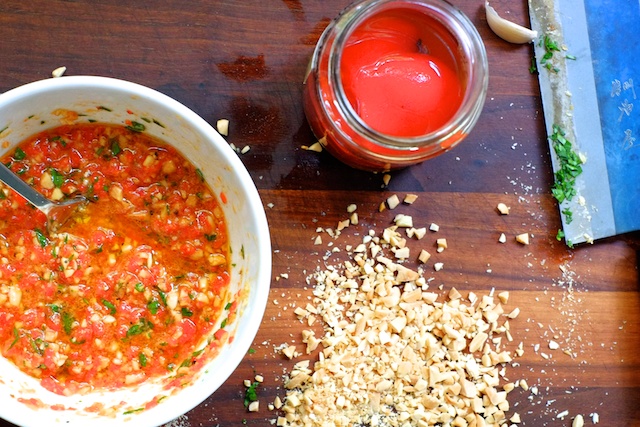
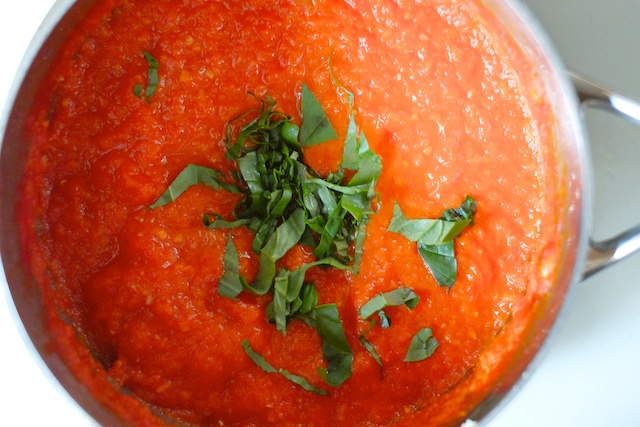
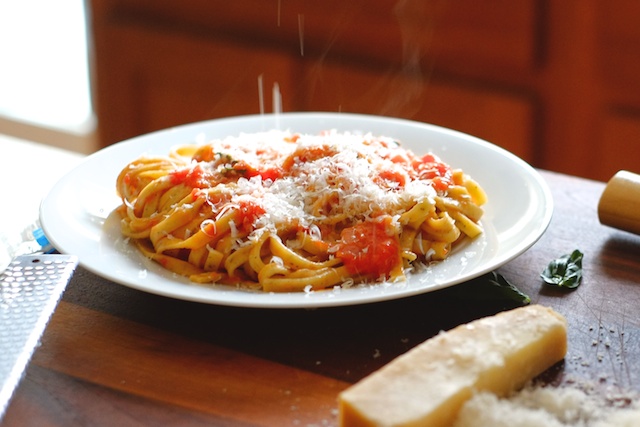
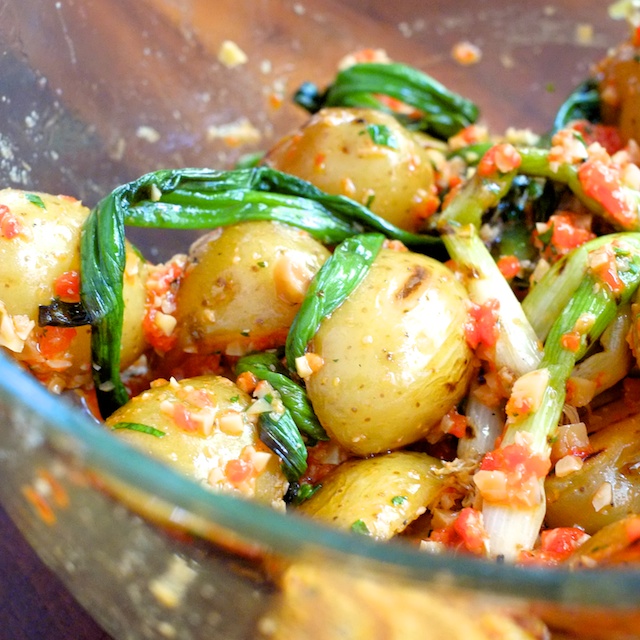
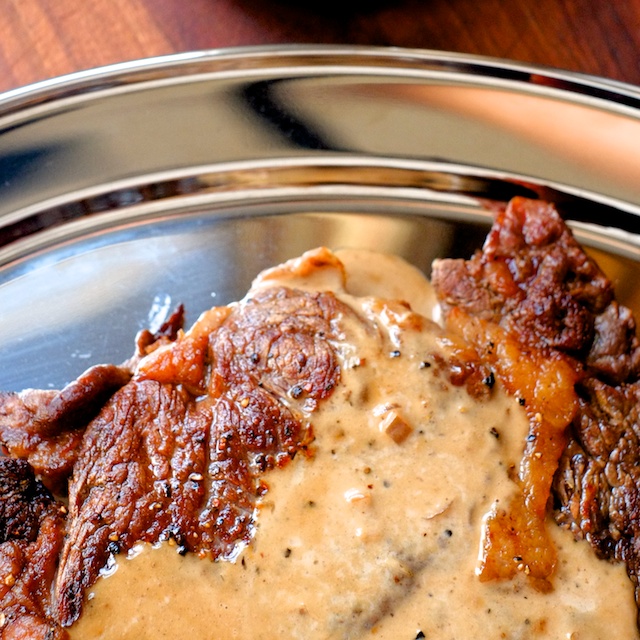
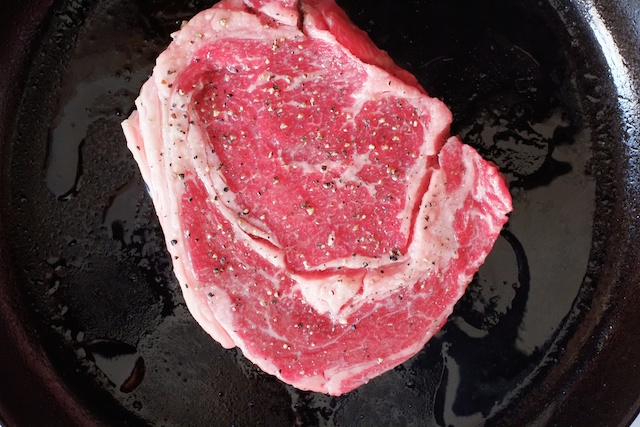
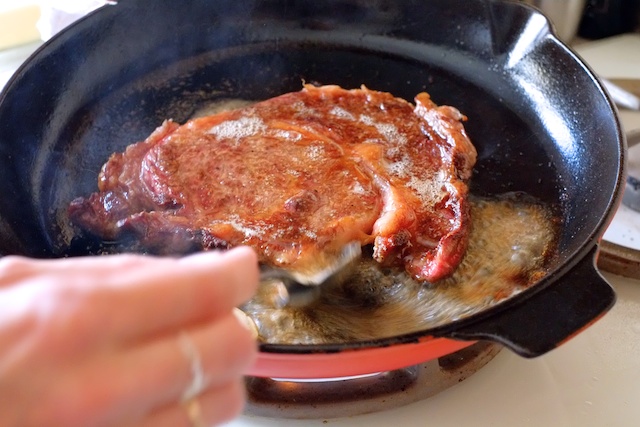
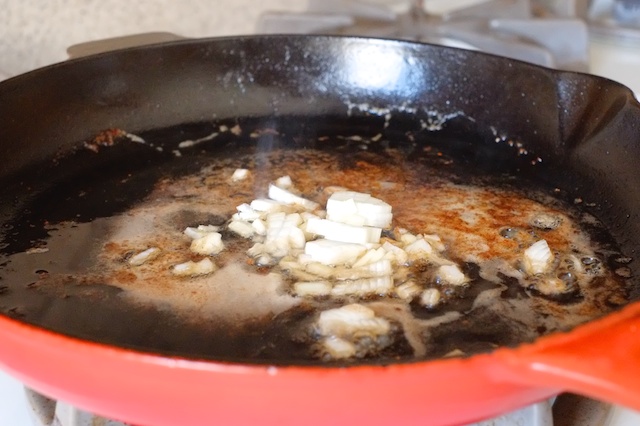
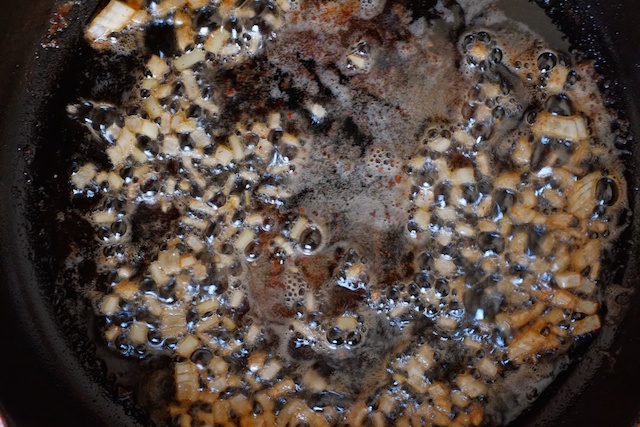
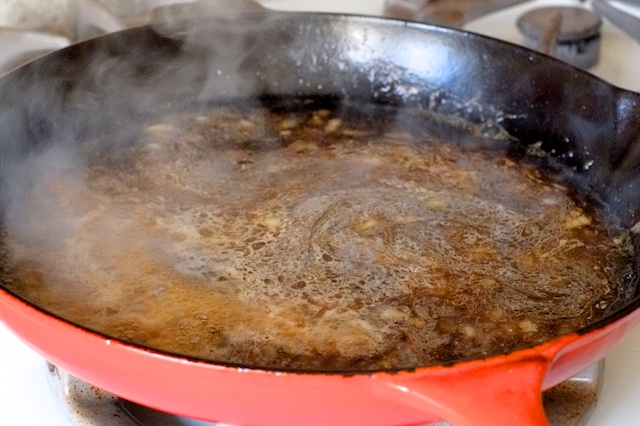
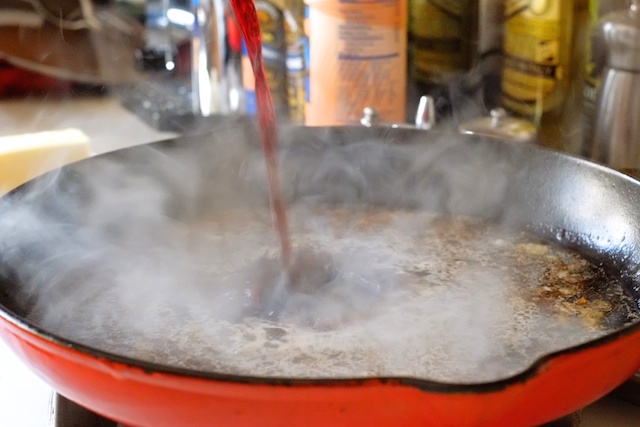
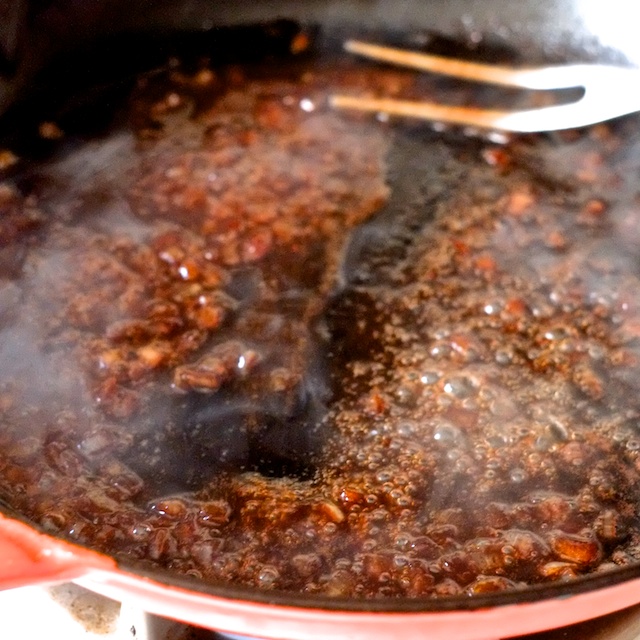
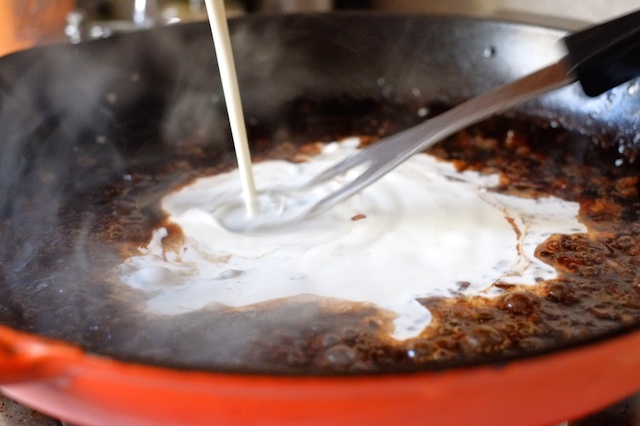
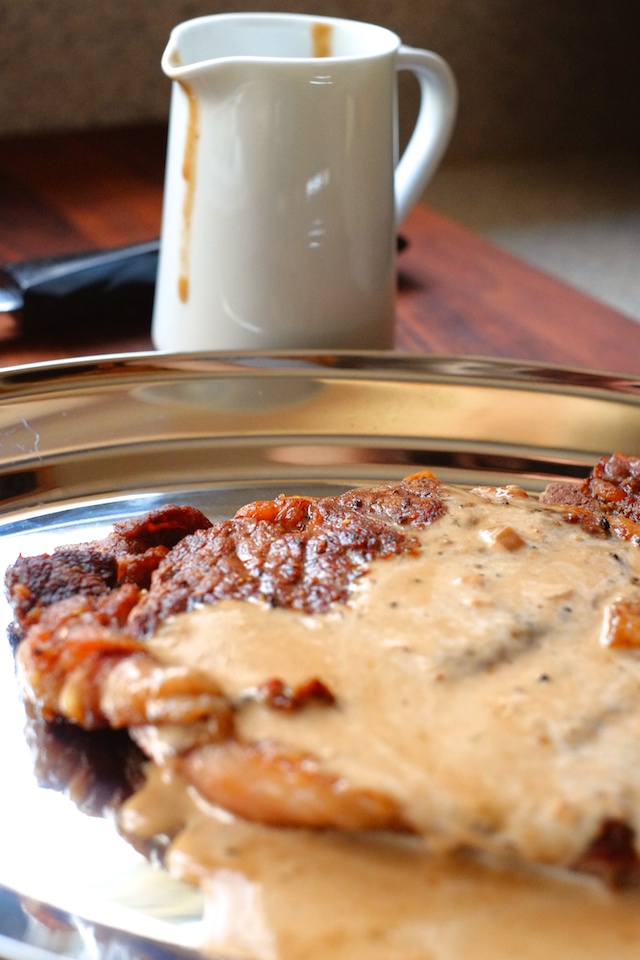
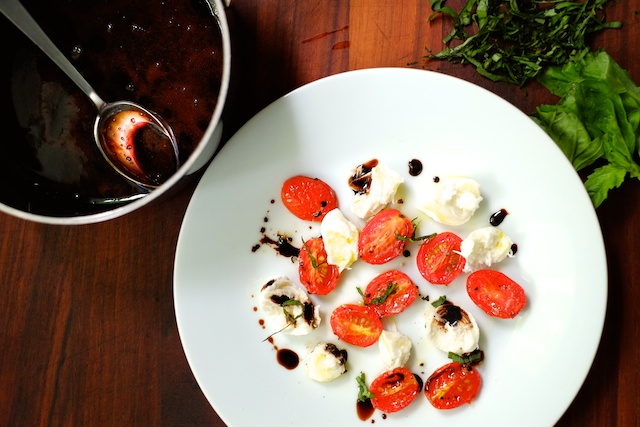
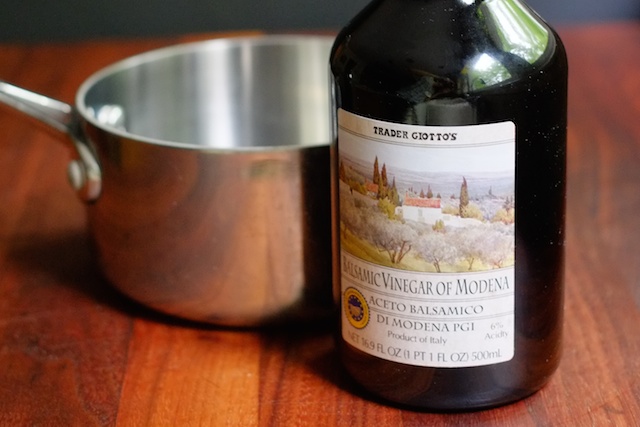
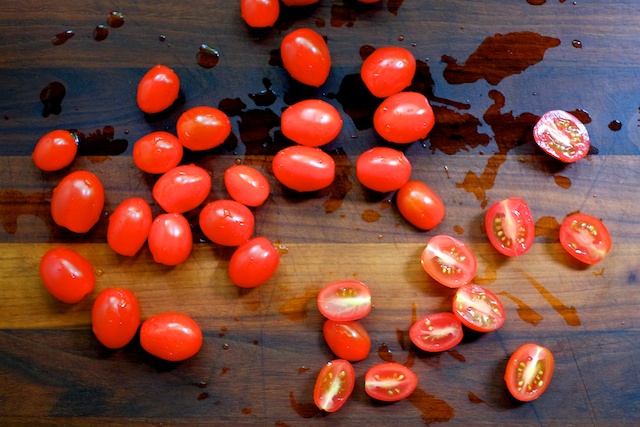
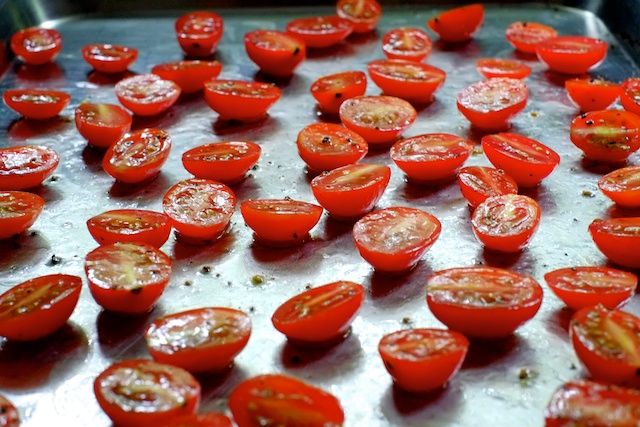
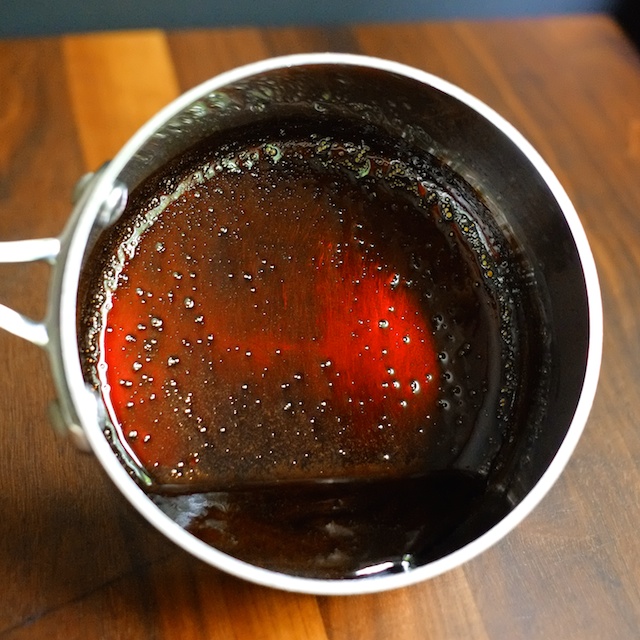
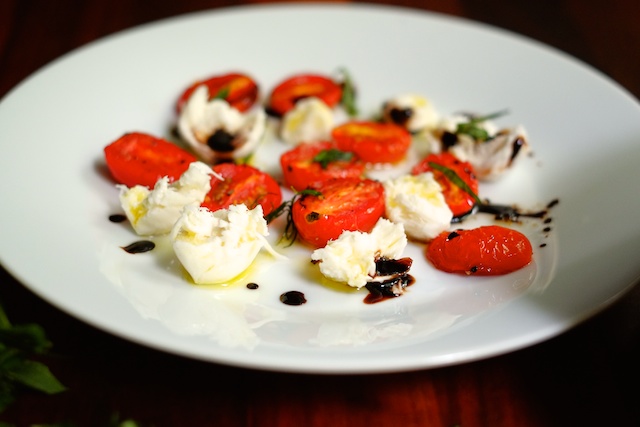
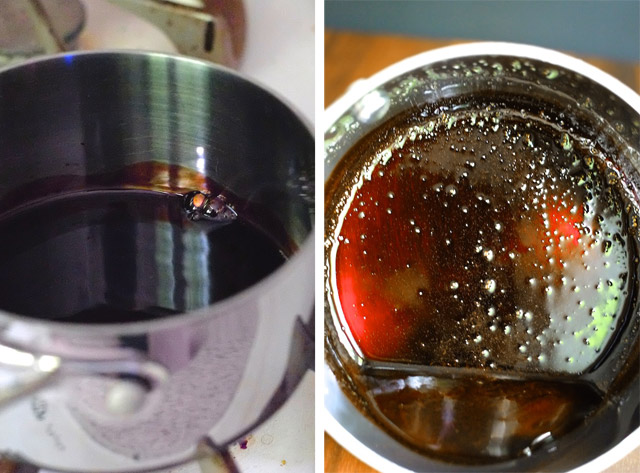
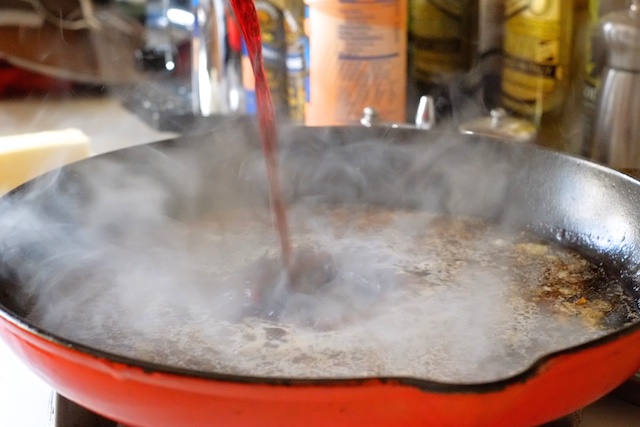
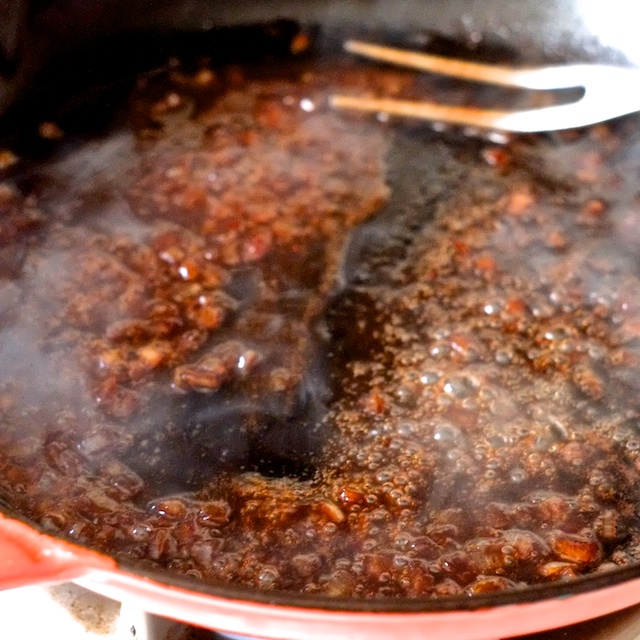
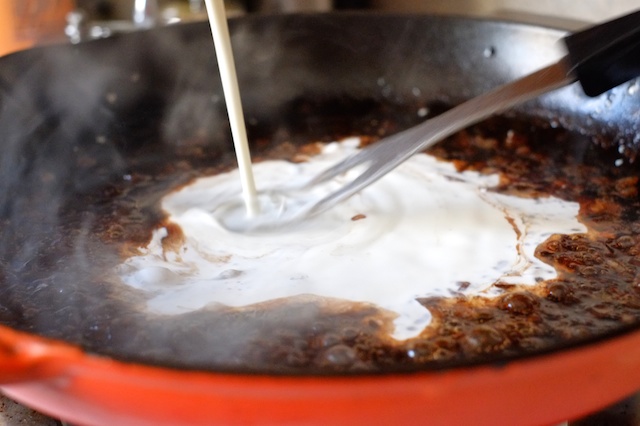
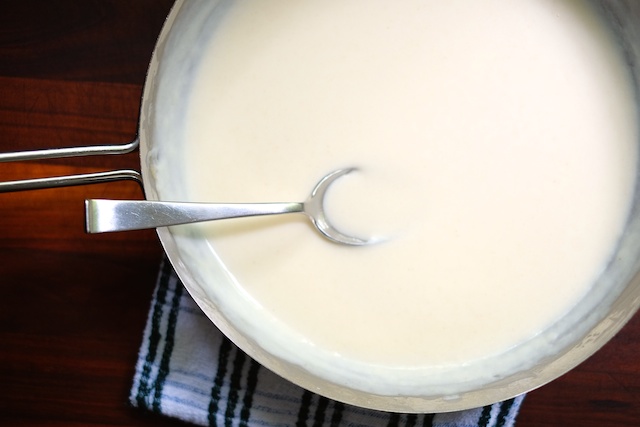
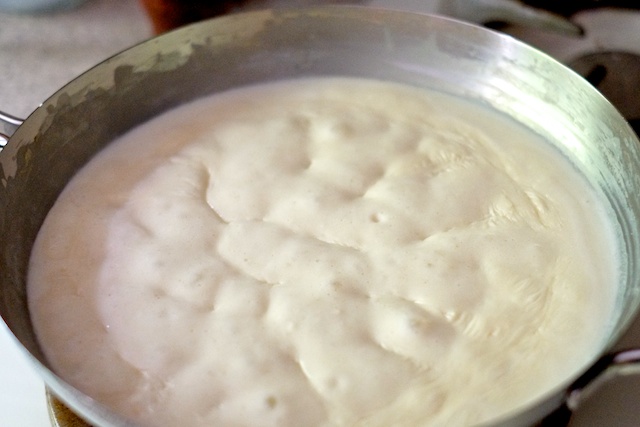
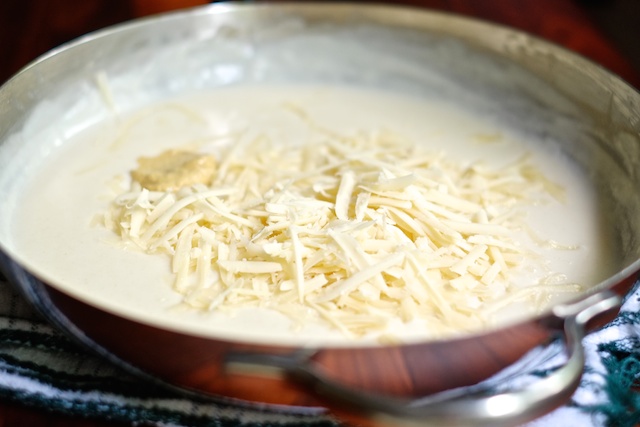
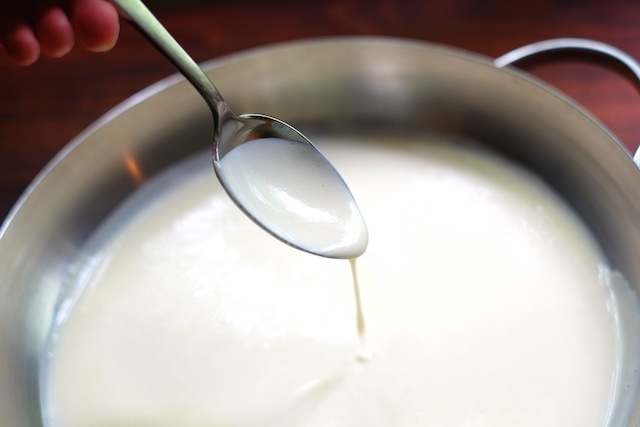
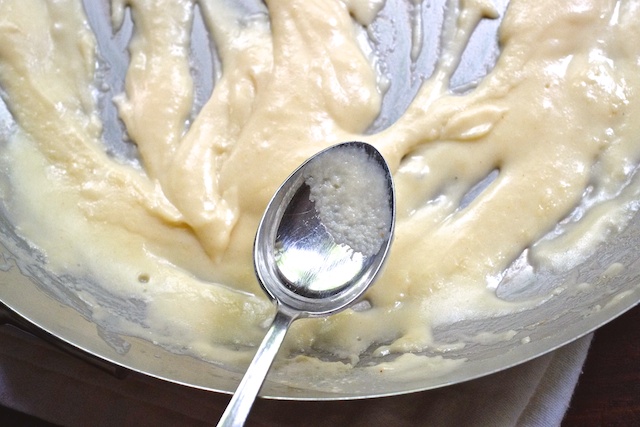
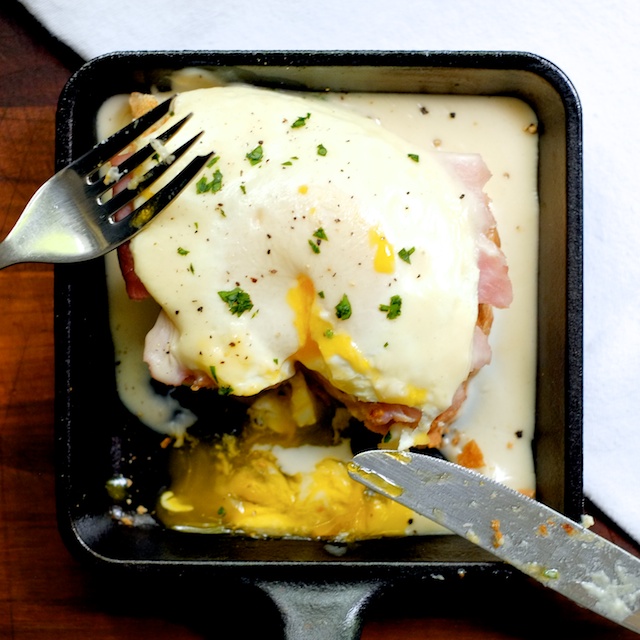
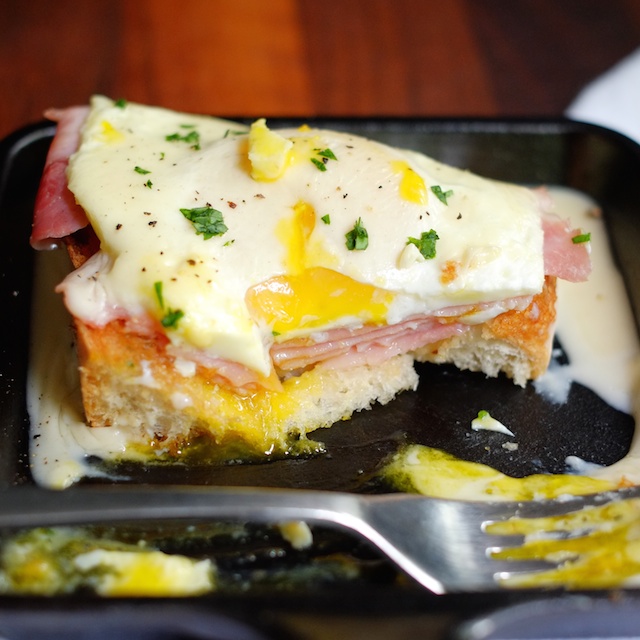
I had a mayonesa con limon by accident once and now regular mayo is bland to me. Would I just add lime juice to above recipe? You may have to experiment for me, please! Had no idea you could just whip up your own mayo.
Amy — July 15, 2014Yes you could totally use lime juice instead of lemon in the above recipe, and add more if you want. I would probably just start by swapping out the lemon for lime without changing the amount and then add more lime at the end if it was needed. And how did you accidentally have mayo con limon? Is it sold near the boring, regular mayo? It sounds pretty delicious.
courtney — July 15, 2014